Election 2017: Ten seats to watch in Scotland
- Published
Which of Scotland's seats might change hands on 8 June? Helpfully, there have been a lot of elections and referendums in recent years, so it's possible to put together a sort of form guide. In absolutely no order, here are 10 of the most interesting to watch.

1. Berwickshire, Roxburgh and Selkirk
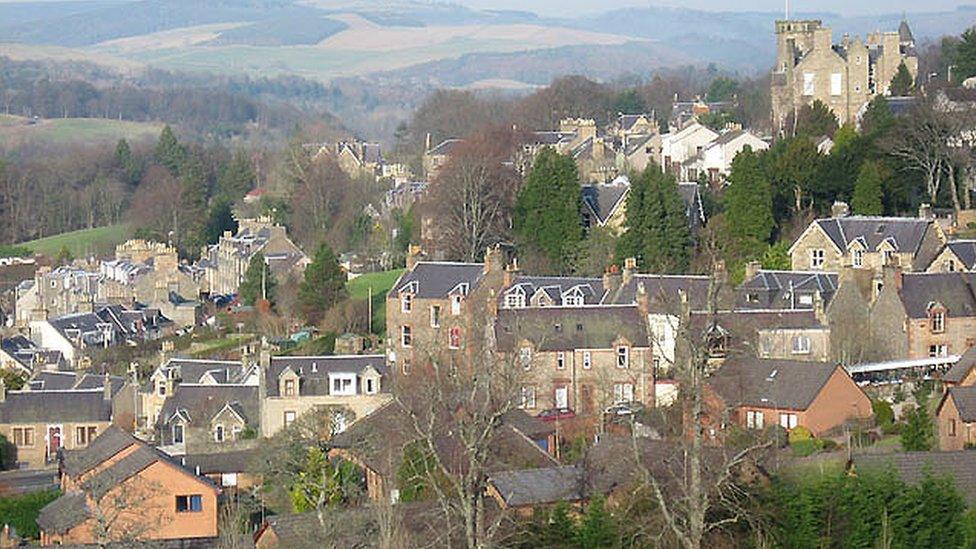
2015 general election: SNP gain from Lib Dems (0.6% majority)
2016 Holyrood election: Conservatives hold Ettrick, Roxburgh and Berwickshire (23.4% majority)
Referendums: 66.56% No; 58.47% Remain (Scottish Borders)
Target for: Conservatives
Contestants: Caroline Burgess (LD), Ian Davidson (Lab), Calum Kerr (SNP), John Lamont (Con)
Scotland's most marginal seat, Berwickshire, Roxburgh and Selkirk was gained by the SNP in 2015 by just 328 votes, ousting former Scottish Secretary Michael Moore.
The seat was traditionally a tussle between the Lib Dems and the Tories, but the SNP's nationwide landslide carried Mr Kerr into office in 2015, knocking Mr Moore into third place.
With him out of the way, the Conservatives are optimistic about gaining the seat this time round, with sitting local MSP John Lamont hoping to take it at his fourth attempt.
He held the corresponding Holyrood seat by a comfortable margin in 2016, but has now resigned that seat in a bid to finally win a place at Westminster. A sign of confidence in his chances? Perhaps.
Labour, meanwhile, have put up Ian Davidson, who was an MP in Glasgow for 23 years.

2. East Dunbartonshire
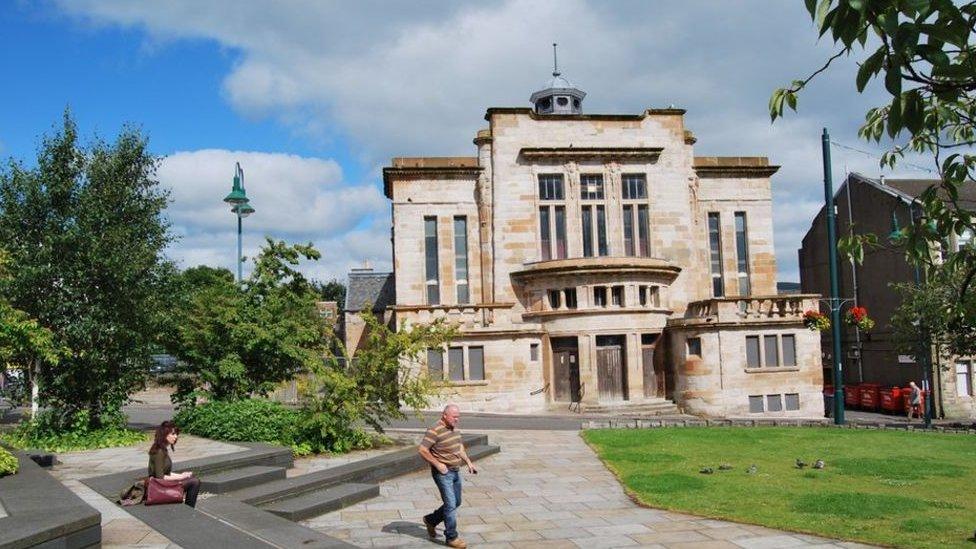
2015 general election: SNP gain from Lib Dems (3.9% majority)
2016 Holyrood election: SNP held Strathkelvin & Bearsden (20.6% majority) and Clydebank & Mingavie (25.7%)
Referendums: 61.2% No; 71.4% Remain (East Dunbartonshire)
Target for: Lib Dems
Contestants: Sheila Mechan (Con), Callum McNally (Lab), John Nicolson (SNP), Jo Swinson (LD)
This seat is shaping up as a rematch of the 2015 contest, where John Nicolson took the seat for the SNP by 2,167 votes, in a poll with the highest turnout in the country.
Former broadcaster Mr Nicolson sat on the Culture, Media and Sport committee, and ran a high-profile campaign for a members bill to wipe the criminal records of gay men convicted before the law against same-sex relationships was scrapped.
Ms Swinson, who was an aide to Nick Clegg when he was deputy prime minister and a junior equalities minister, served as an MP for 10 years.
The region's voting record in recent referendums has been ideal for the pro-Europe, pro-Union Lib Dems - 71.4% for Remain in 2016 and 61% for No in 2014.
Both sides are taking this seriously - UK Lib Dem leader Tim Farron has taken his "battle bus" to the area, and Nicola Sturgeon has also campaigned alongside Mr Nicolson already.

3. Dumfriesshire, Clydesdale and Tweeddale
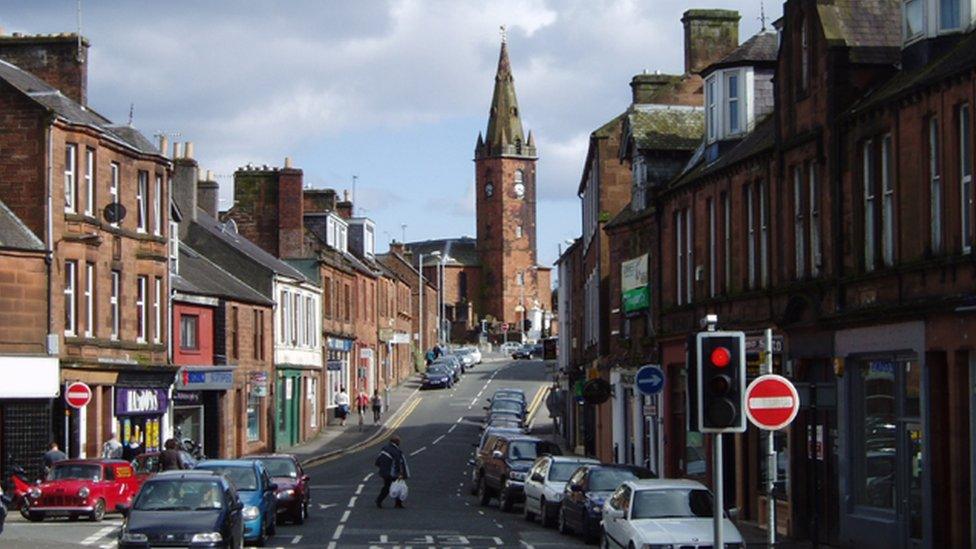
2015 general election: Conservative hold (1.5% majority)
2016 Holyrood election: Conservative gain Dumfriesshire from Labour (3.4% majority)
Referendums: 65.67%; 53.06% Remain (Dumfries & Galloway)
Target for: SNP
Contestants: Douglas Beattie (Lab), John Ferry (LD), Mairi McAllan (SNP), David Mundell (Con)
The sitting Scottish Secretary and sole Scottish Conservative MP is seeking to defend his Borders seat after holding it by 798 votes in 2015.
Much has been made of Mr Mundell's relatively narrow margin of victory, particularly given the Green candidate in that vote gathered 839 votes. Some suggested the Greens should stand aside this time out, to allow a pro-independence candidate a clear run at the Tory seat - and for whatever reason, they are indeed not standing.
However, it should also be noted that UKIP, who took 1,472 votes in 2015, are not standing this time around, with the Tories seeming most likely to benefit.
In addition, the Labour vote in the area appears to be on the wane, suggesting that a straight unionist vs independence fight could be winnable for Mr Mundell. His son Oliver took the Dumfriesshire seat in 2016's Holyrood election as Labour slumped from first to third, making this look like a two-horse race.
The SNP would dearly like to take the seat. They have turned to a relatively inexperienced candidate, Mairi McAllan, to do so - but Nicola Sturgeon hailed her as "a shining example of the talented young women" in the party.

4. Perth & North Perthshire

2015 general election: SNP hold (17.8% majority)
2016 Holyrood election: SNP hold Perthshire North (9.8% majority)
Referendums: 60.19% No; 61.09% Remain (Perth & Kinross)
Target for: Conservatives
Contestants: Peter Barrett (LD), Ian Duncan (Con), David Roemmele (Lab), Pete Wishart (SNP)
On the face of it, Perth and North Perthshire is one of the safer seats in Scotland - Pete Wishart has been the MP since the seat was created in 2005, and has a comfortable majority of 9,641 votes. In the most recent session he chaired the Commons Scottish Affairs Committee.
However, there was a big swing to the Tories at the corresponding Holyrood vote in 2016, with one of the SNP's biggest names, John Swinney, seeing his majority cut to 3,336. Perth and Kinross also voted by 60% against independence, sure to be a big issue in the campaign.
The Tories had a strong showing in the local elections in Perth and Kinross, becoming the largest party on the council with a big swing in the vote.
And the Conservatives are putting up Ian Duncan, currently the party's only Scottish MEP, to challenge for the seat. Mr Duncan is a local lad, hailing from Alyth, and his seat in Brussels might offset any effect of the region's strong Remain vote.
This will be a tighter race than Mr Wishart's big majority might suggest.

5. Edinburgh West
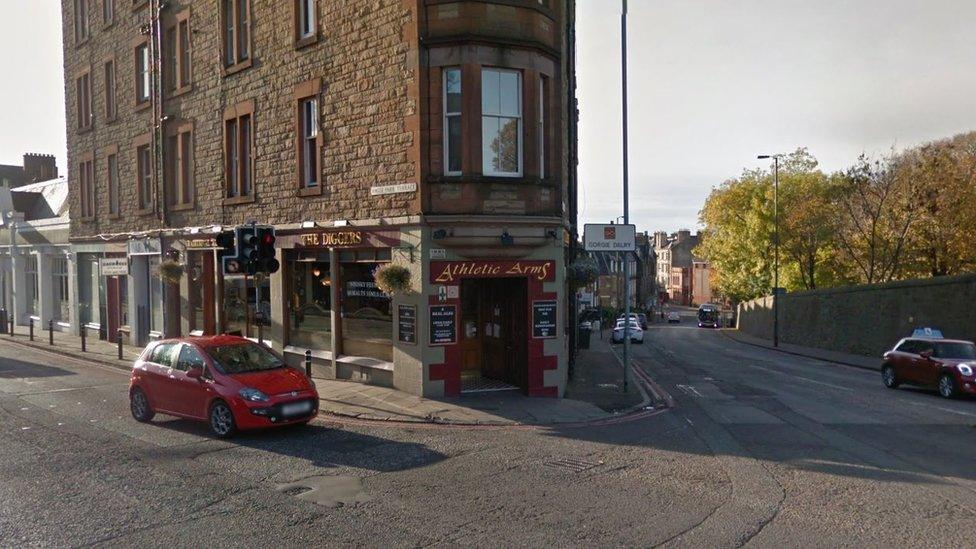
2015 general election: SNP gain from Lib Dems (5.9% majority)
2016 Holyrood election: Lib Dem gain Edinburgh Western from SNP (7.5% majority)
Referendums: 61.1% No; 74.44% Remain (Edinburgh City)
Target for: Lib Dems
Contestants: Sandy Batho (Con), Toni Giugliano (SNP), Christine Jardine (LD), Mandy Telford (Lab), Mark Whittet (Scotland's Independence Referendum Party)
In an area fast becoming an SNP-Lib Dem battleground, this seat was gained by the SNP in 2015 - but the winner, Michelle Thomson, ultimately ended up sitting as an independent after a police investigation and was subsequently denied the SNP ticket for 2017. She has decided against contesting the seat as an independent.
Replacing her for the SNP is Toni Giugliano, who contested the corresponding Holyrood seat in 2016, losing to Alex Cole-Hamilton - who is now heading up the whole Scottish Lib Dem election campaign.
That was a bitter battle, and both sides will be gearing up again for a closely-contested scrap.
The candidate tasked with re-taking the seat for the Lib Dems is Christine Jardine, a former coalition government advisor who stood in Aberdeenshire in the 2015 and 2016 elections.

6. Aberdeen South
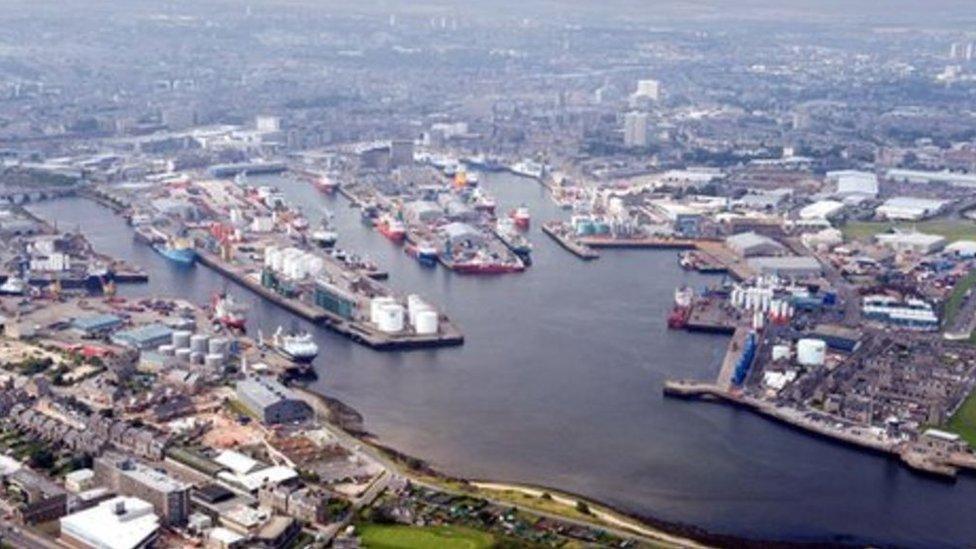
2015 general election: SNP gain from Labour (14.9% majority)
2016 Holyrood election: SNP hold Aberdeen South & North Kincardine (8.6% majority)
Referendums: 58.61% No; 61.1% Remain (Aberdeen City)
Target for: Conservatives
Contestants: Callum McCaig (SNP), Callum O'Dwyer (Lab), Ross Thomson (Con), Jenny Wilson (LD)
Former Aberdeen City Council leader Callum McCaig took the Aberdeen South seat from long-time Labour incumbent Dame Anne Begg in 2015, courtesy of a 19.8% swing.
He will be challenged this time by Tory MSP Ross Thomson, another former city councillor who came third in the 2015 contest before entering Holyrood via the North East list in 2016.
The Tories are banking on pro-Brexit sentiment playing a big role in this election, and Mr Thomson was one of the more prominent Leave campaigners north of the border. The North East also recorded an above-average No vote in 2014.
The 2016 election also produced a fairly strong majority for the SNP locally, but the Tories will throw everything they've got at the contest - Prime Minister Theresa May popped by on her first trip north of the campaign.

7. Edinburgh South
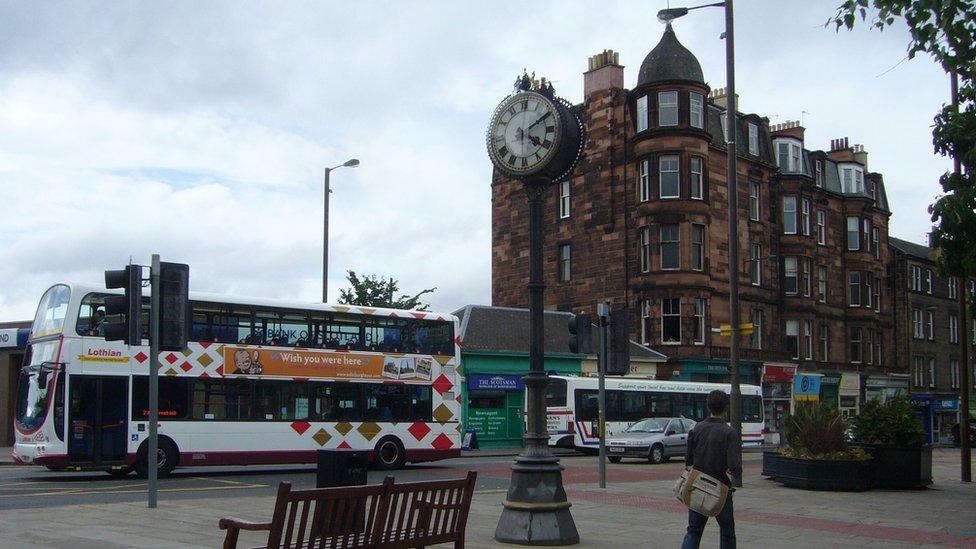
2015 general election: Labour hold (5.4% majority)
2016 Holyrood election: Labour gain Edinburgh Southern from SNP (2.9% majority)
Referendums: 61.1% No; 74.44% Remain (Edinburgh City)
Target for: SNP
Contestants: Alan Beal (LD), Jim Eadie (SNP), Ian Murray (Lab), Stephanie Smith (Con)
Arguably Labour's last electoral stronghold in Scotland, Edinburgh South returned the party's only MP north of the border in 2015. Mr Murray actually increased his majority in that election, from 316 votes in 2010 to 2,637.
Labour also gained the corresponding Holyrood seat in 2016, with Daniel Johnson edging out SNP incumbent Jim Eadie by a margin of 2.9% - with both men seeing their share of the vote increase, while the Lib Dem vote collapsed.
Now Mr Eadie is back, seeking to use his local clout to unseat Mr Murray.
Tactical voting could make a huge difference in this seat - will unionist voters from the Lib Dems and Tories swing behind Mr Murray, or will they split the vote?
Labour will take heart from the local government elections, which saw their vote in the immediate area hold up despite setbacks elsewhere in the country.

8. Moray
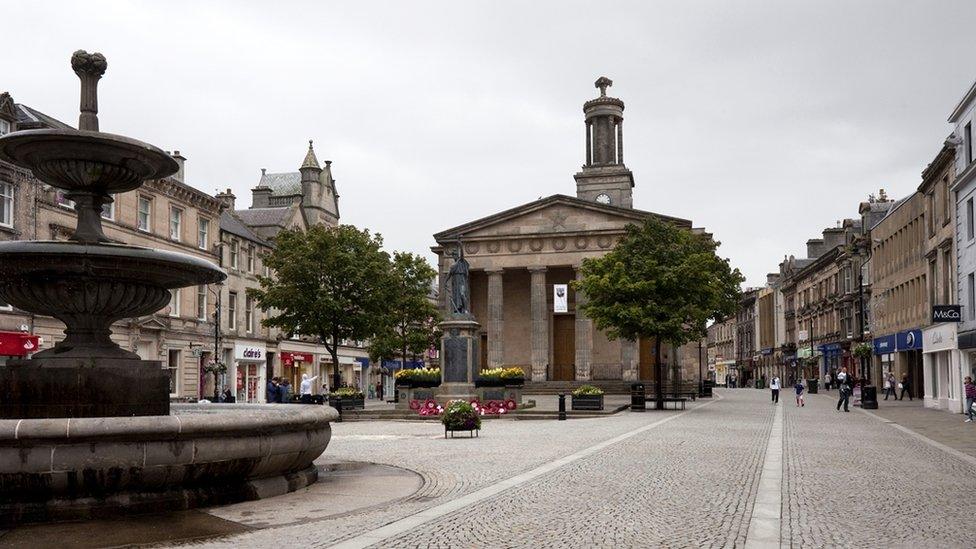
2015 election election: SNP hold SNP hold (18.4% majority)
2016 Holyrood election result: SNP hold SNP hold (8.6% majority)
Referendums: 57.56% No; 50.13% Remain (Moray)
Target for: Conservatives
Contestants: Anne Glen (Ind), Jo Kirby (Lab), Alex Linklater (LD), Angus Robertson (SNP), Douglas Ross (Conservative)
Another rematch of the last election, the race in Moray sees Conservative MSP Douglas Ross seeking to unseat Angus Robertson, the SNP's depute leader and Westminster group chief. The Tories say this could be an "Ed Balls moment".
Mr Robertson enjoys a majority of over 18%, having beaten Mr Ross by over 9,000 votes in 2015, so unseating him will be a tough task for the Tories - but it's a fight the party are relishing.
In the contest for the corresponding Holyrood constituency 2016, there was a big swing to the Tory candidate (again Mr Ross), who cut former Environment Secretary Richard Lochhead's lead to 2,875 votes. The SNP vote sank by 11.7%, while the Conservative one rose 18%.
Meanwhile in the recent elections to Moray Council, the Conservatives gained five seats, finishing one behind the SNP.
The area also recorded the biggest share for Leave in any Scottish area in the EU referendum, which professional football linesman Mr Ross will seek to capitalise on, alongside the area's above-average No vote in 2014.

9. Orkney and Shetland
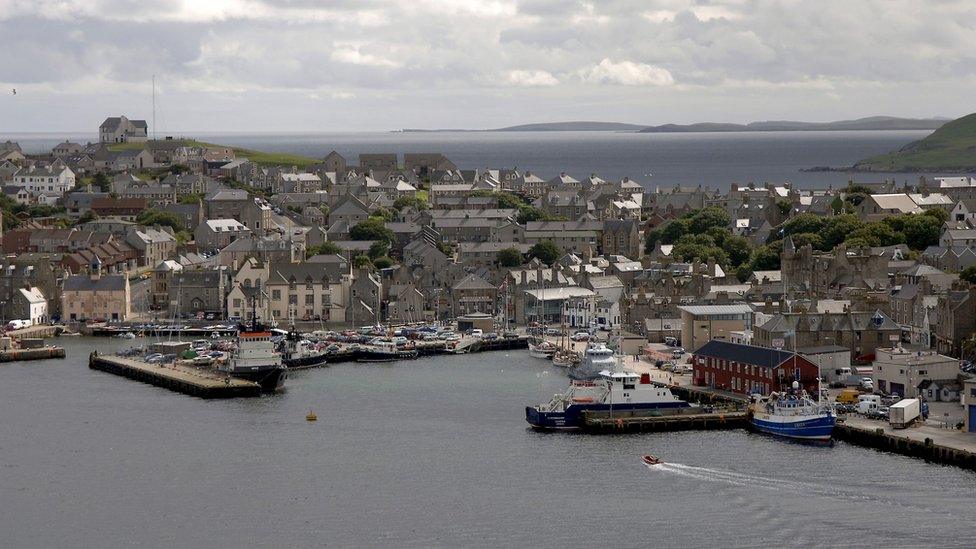
2015 general election: Lib Dem hold (3.6% majority)
2016 Holyrood results: Lib Dem held Orkney (43.1% majority) and Shetland (44.3%)
Referendums: 63.71% No; 56.51% Remain (Shetland), 67.2% No; 63.13% Remain (Orkney)
Target for: SNP
Contestants: Robina Barton (Lab), Miriam Brett (SNP), Alistair Carmichael (LD), Jamie Halro Johnston (Con), Stuart Hill (Ind), Robert Smith (UKIP)
Former Scottish Secretary Alistair Carmichael held the Lib Dem stronghold of Orkney and Shetland in 2015 by 817 votes over his SNP challenger - more than 9,000 votes less than his thumping majority of 2010.
The MP was caught up in controversy soon after the election when a group of constituents attempted to have him unseated in an election court over the leak of a memo during the campaign. Mr Carmichael survived the court case - although judges were critical of his conduct, something which will no doubt feature in a focused SNP campaign to topple him.
He will, however, take some comfort from the 2016 Holyrood elections - the seat is split into two constituencies there (Orkney and Shetland), but the Lib Dems held both of them comfortably while increasing their share of the vote.
The SNP have put forward Miriam Brett, a Shetlander who works for the party at Westminster. She acknowledges that the Lib Dems have been top dogs in the area since the 1950s - but hopes she can "make history" by changing that.

10. Renfrewshire East
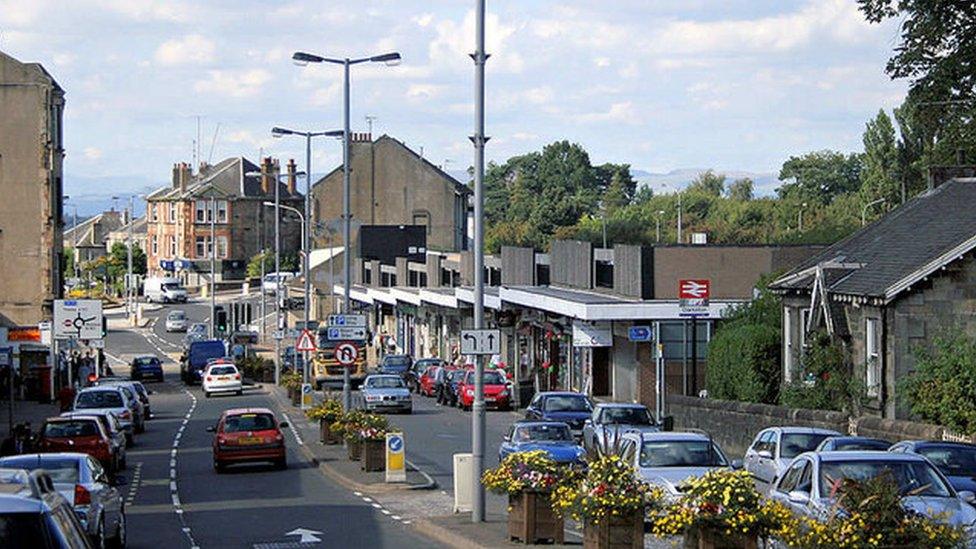
2015 general election: SNP gain from Labour (6.6% majority)
2016 Holyrood election: Conservative gain Eastwood from Labour (4.5% majority)
Referendums: 63.19% No; 74.32% Remain
Target for: Labour and Conservatives
Contestants: Paul Masterton (Con), Blair McDougall (Lab), Aileen Morton (LD), Kirsten Oswald (SNP)
Arguably the only three-way marginal in Scotland, although both the SNP and Tories insist it's still a two-horse race between them.
In 2015, Kirsten Oswald gained the seat from then Scottish Labour leader Jim Murphy by a margin of 3,718 votes.
Former Better Together boss Blair McDougall has been tasked with taking it back, looking to play heavily on the area's strong No vote in 2014.
There was a very evenly-balanced struggle for the local Holyrood seat of Eastwood in 2016, with Tory Jackson Carlaw edging out the SNP's Stewart Maxwell and Labour's Ken Macintosh, the incumbent.
The Conservatives, who became the largest party on East Renfrewshire Council in May's election as the Labour vote plummeted, are putting forward Paul Masterton.
However, the fact neither Labour nor the Tories are backing down probably bodes well for the SNP, as the parties could split the unionist vote.